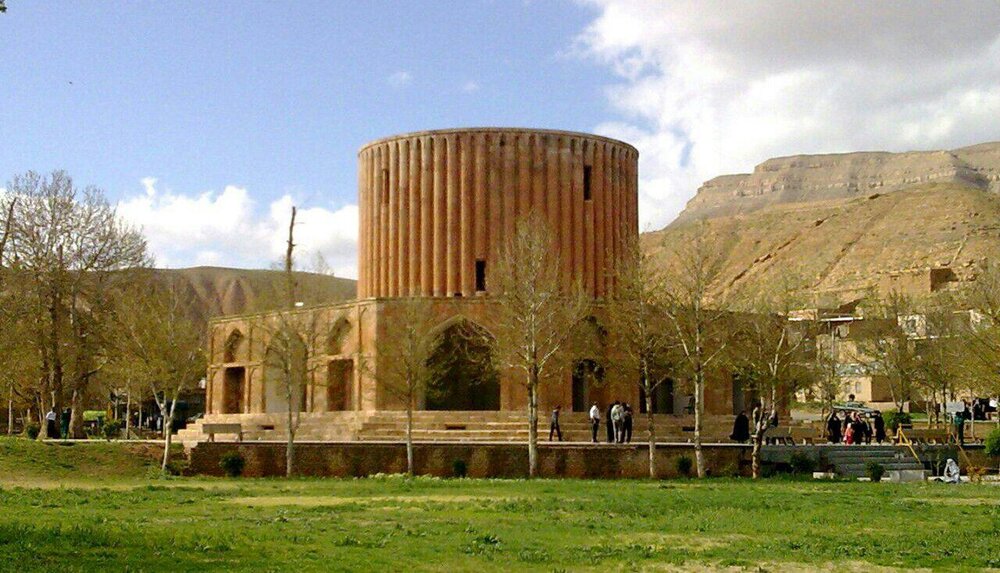Qasr-e Khorshid: once temporary home to the ‘Napoleon of Iran’

TEHRAN – Qasr-e Khorshid (literally ‘the Sun Palace’), an 18th-century iconic monument in northeast Iran, was once a royal resident for Nader Shah of Persia (1688–1747), often called the “Napoleon of Iran,” who created an empire that stretched from northern India to the Caucasus Mountains.
Currently used as a museum of anthropology in Kalat county, Khorasan Razavi province, the 20-meter-high monument is also well-known as Kalat-e Naderi, named after the famed Afsharid ruler.
The structure embraces a scenic fluted-shaped circular exterior, a vast ground floor level, a cellar and a cylindrical tower which is supported by 66 columns.
With 12 rooms decorated with paintings and ornamental works such as plaster moldings, it was once a temporary home to king and his family. The surrounding garden contains 8 pools with connecting streams and fountains.
Narratives say the ‘palace’ is named after Khorshid who was one of Nader’s wives. However, it was never completed due to an ambiguous state of affairs that poured in following Nader Shah’s sudden death.
Some believe that foreign artisans were engaged in construction of the monument as its exterior panels bear pineapple and pear motifs, which is deemed to be unknown in the then Khorasan region.
Evidence suggests the building was used as a residential headquarters during the early Qajar era (I785 to 1925).
Nader Shah is widely considered as one of the most powerful rulers in history of the nation. He assumed power when a period of chaos overwhelmed Iran.
Nader managed to reunite the Persian realm while repelled invaders. He is sometimes referred to as the Napoleon of Persia (Iran) or the Second Alexander, according to Encyclopedia Britannica.
Born Nader Qoli Beg, Nader had an obscure beginning in the Turkish Afshar tribe, which was loyal to the Safavid shahs of Iran. After serving under a local chieftain, Nader formed and led a band of robbers, showing marked powers of leadership. In 1726, as head of this group of bandits, he led 5,000 followers in support of the Safavid shah Ṭahmasp II, who was seeking to regain the throne his father had lost four years earlier to the Ghilzay Afghan usurper Mahmad.
Nader reformed Iran’s military forces and utterly defeated the Ghilzay Afghans in a series of brilliant victories, after which he restored Tahmasp to the Iranian throne.
In 1736 Nader deposed the youthful ʿAbbas III (as Tahmasp II’s son was styled) and ascended the Iranian throne himself, taking the title of Nader Shah.
Although brilliantly successful as a soldier and general, Nader Shah had little talent for statesmanship or administration, and Iran became utterly exhausted during the later years of his reign. Tens of thousands of people perished in his ceaseless military campaigns, and the exactions of his tax gatherers ruined the country’s economy.
AFM/MG
Leave a Comment